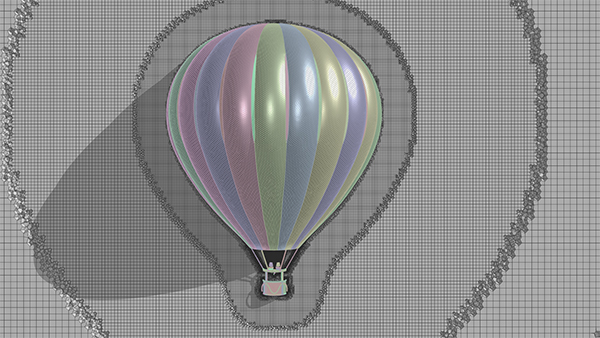
The newly released 2019 R1 edition of the ANSYS portfolio of engineering simulation software solutions sees new capabilities and enhancements across the entire simulation portfolio. Shown here is an example of Mosaic technology-enabled ANSYS Fluent meshing. Image courtesy of ANSYS Inc.
Latest News
February 13, 2019
ANSYS Inc. has announced the availability of the 2019 R1 edition of its ANSYS portfolio of engineering simulation software solutions. A new multibody dynamics (MBD) product line, electromigration analysis and noise-vibration-harshness (NVH) capabilities, a new ANSYS Fluent user interface as well as multiple enhancements in such disciplines as structural analysis, metal additive manufacturing (AM) simulation and 3D design are among the highlights of the ANSYS 2019 R1 release.
The ANSYS Motion MBD solution is a new product line within the ANSYS portfolio. Developed by South Korea's Virtual Motion, this third-generation MBD solver offers a full suite of dynamic capabilities for rigid and flexible bodies, according to ANSYS. The product line features an extensive range of application-based toolkits that, ANSYS says, enables users to model complex mechanisms such as drive systems and vehicle handling apparatuses.
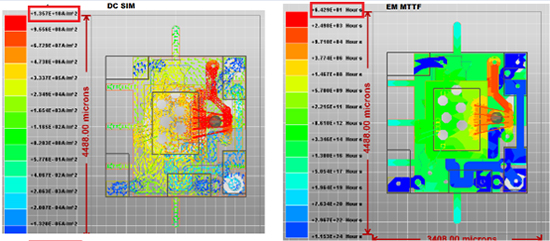
The ANSYS electronics and electromagnetics product suite introduces a new EMI Scanner feature as well as electromigration analysis and NVH capabilities. EMI Scanner is available within the ANSYS SIwave design platform for power integrity, signal integrity and EMI (electromagnetic interference) analysis of integrated circuit packages and PCBs (printed circuit boards) as well as the ANSYS HFSS 3D electromagnetic (EM) field simulator for RF (radio frequency) and wireless design. It reportedly can quickly identify areas of potential EMI on PCB designs prior to simulation. In ANSYS SIwave, electromigration analysis capabilities are said to enable users to predict mean time to failure for on-chip and advanced electronic packaging structures.
NVH is a new workflow that includes ANSYS Maxwell EM field simulation software for the design and analysis of electric motors and other electromagnetic and electromechanical devices, ANSYS Mechanical and the acoustic solver coupled together through ANSYS Workbench. The workflow calculates the EM noise of a machine when it vibrates due to electromagnetic forces. ANSYS reports that it can produce a complete noise profile of an electrical machine within hours.
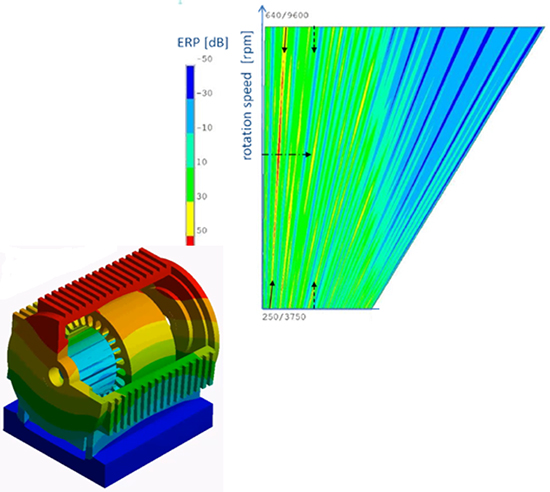
ANSYS 2019 R1 introduces a new ANSYS Fluent user experience built on top of its solver that, the company reports, improves the workflow process with a complete, single window solution offering speed and simplicity. The company adds that the new experience streamlines the ANSYS Fluent workflow for generating a mesh from imported CAD designs and removes usability barriers for common tasks. ANSYS adds that task-based workflows with parallel processing can now be used to generate Mosaic technology-enabled poly-hexcore meshes up to 10x faster than before.
For structural analysis efficiency, ANSYS reports that a new solver advancement significantly improves how users solve assemblies with contacts. ANSYS Mechanical adds thermal compliance to its built-in topology optimization capabilities. ANSYS Mechanical also sees enhancements in fatigue crack growth and nonlinear solver remeshing.
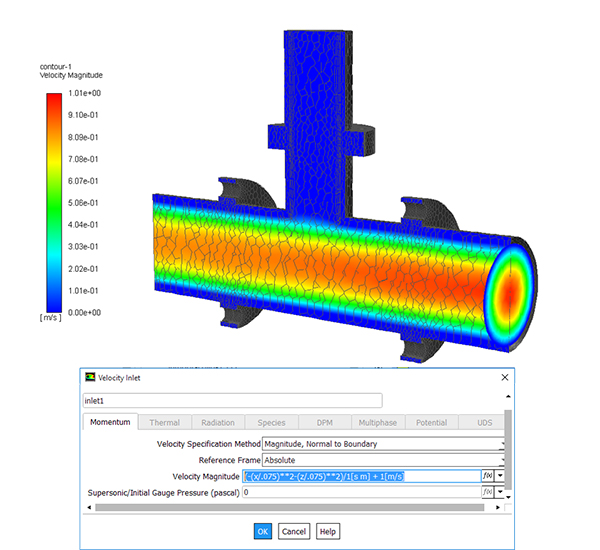
For additive manufacturing, the new ANSYS Additive Science exploratory environment is intended for engineers needing to determine the optimal process parameters for metal AM machines and materials. The stand-alone ANSYS Additive Print solver sees a wider range of supported materials. It's also said to be faster with improved robustness for thin-walled structures. ANSYS Workbench Additive debuts a new meshing option called layered tetrahedral elements that, ANSYS reports, increases accuracy while maintaining reasonable model sizes.
In the 3D design suite, ANSYS 2019 R1 adds topology optimization to ANSYS Discovery Live, and ANSYS Discovery AIM for upfront simulation expands its physics capabilities by adding a random vibration solution. The ANSYS Discovery SpaceClaim 3D direct modeler now includes two beta features targeted at creating and parameterizing concept models by including sketch constraints and feature tracking.
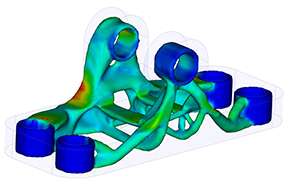
“ANSYS’ multiphysics solutions enable engineers to keep pace with increasing demands despite decreasing budgets, training and timelines,” said Shane Emswiler, vice president and general manager for ANSYS electronics, fluids and mechanical business units at ANSYS, in a press statement. “With the unparalleled improvements in ANSYS 2019 R1, ANSYS ushers in the next generation of Pervasive Engineering Simulation and enables engineers at every level to adopt simulation more seamlessly across the entire product lifecycle.”
ANSYS 2019 R1 also sees new features and functionalities in its solution suites for embedded systems, system simulation and optical design and optimization. For complete details, visit the ANSYS 2019 R1 landing page.
Go here for more on ANSYS Motion.
Learn more about ANSYS Fluent.
Visit here for details on ANSYS Additive Science.
See why DE's Editors selected ANSYS 2019 R1 as their Pick of the Week.
Sources: Press materials received from the company and additional information gleaned from the company's website.
More Ansys Coverage
Subscribe to our FREE magazine, FREE email newsletters or both!
Latest News
About the Author
Anthony J. Lockwood is Digital Engineering’s founding editor. He is now retired. Contact him via [email protected].
Follow DE




